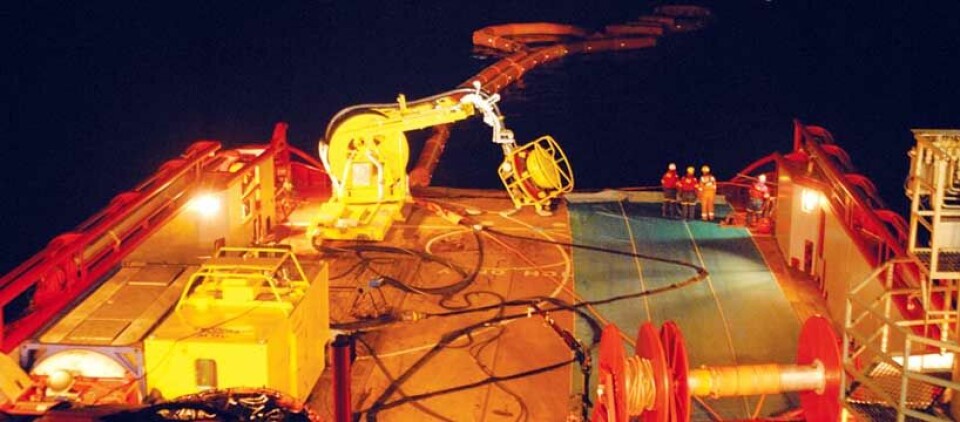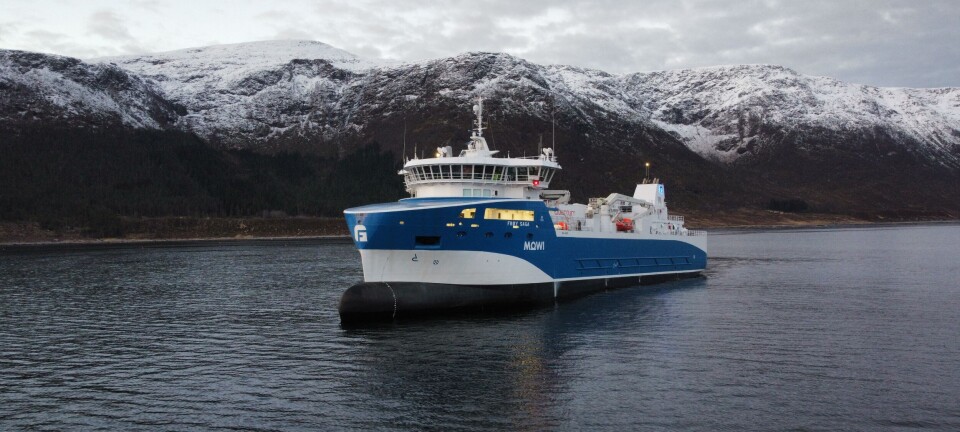
Miros OSD System
The Miros Oil Spill Detection (OSD) System has during the last couple of years become well known equipment for those involved in oil spill response planning and organization. It has quickly been adopted by international oil recovery operators as a reliable, well verified and efficient tool when oil spill response operations are carried out.
Denne artikkelen er tre år eller eldre.
The Miros OSD System utilizes a standard marine X-band radar and advanced image processing algorithms for the detection of oil spill. The system can automatically detect and track oil spills in complete darkness, enabling 24-hours recovery and surveillance operations. Oil spill response times are shortened, the efficiency of clean-up operations is increased, and the extent of environmental impact is reduced.
The system has been tested yearly in oil-on-water trials since 2004, giving the oil spill recovery vessel’s crew automated oil spill detection, oil spill position history and estimate of future drift. In 2009 trials have been carried out, showing excellent results and improvements for the recently released new hardware and software version of the system.
The oil spill detection system from Miros has been highly appreciated on oil recovery vessels, both in Europe and internationally, and the system is today in use on numerous oil recovery vessels around the world. Oil spill recovery contractors engaged by the European Maritime Safety Agency (EMSA) as well as South American and European oil companies are now equipping their oil recovery vessels with Miros OSD Systems. For EMSA contracts on tender in 2008, all three new OSD systems were purchased from Miros. The system has also gained a strong position both with the Norwegian Clean Seas Association for Operating Companies (NOFO), and amongst Brazilian operating companies.
In addition to tactical support of oil recovery operations, the Miros OSD System is now finding new applications. Surveillance, giving early warning of oil spill incidents, has become increasingly important for both authorities and for operators wanting to maintain their environmental profile and improve their preparedness. As an example, both Brazilian and Norwegian authorities have required night-time surveillance in order to allow drilling during the dark hours and in vulnerable areas. Oil spill surveillance of high-risk areas like platforms, terminals, off-loading buoys and harbors has been addressed in several ways, and Miros has proposed the Miros OSD System for this purpose. With its capacity of continuous 24 hour operation independent of day-light conditions, this solution has attracted the operators of such installations. Configured for the purpose of surveillance, the first installation of the Miros OSD System was delivered for a platform in the Caspian Sea in 2008.
A common challenge for surveillance systems is to define the detection thresholds correctly and to design the alarm handling to fit operational needs. Miros is currently working with customers and partners on this issue, and functionality developed in the programs is continuously included into the product. A pilot installation including integration of surveillance information into the VTS system is today in operation in the Oslo fjord.
Being an integral part of the Miros OSD System, the WAVEX directional wave monitoring system offers its full functionality to give valuable additional support to the oil recovery operation. In its basic functionality, WAVEX features a bridge display for monitoring wave parameters in real time such as actual wave height, period and direction and can be used on ships sailing at any speed. WAVEX is a valuable tool for sea state evaluation, for applications such as passage planning and reduction of hull and cargo damage, as the crew can see when to reduce speed or alter the ship’s course when sailing in bad weather. For high-speed craft, WAVEX provides information on operational parameters such as significant wave height.











